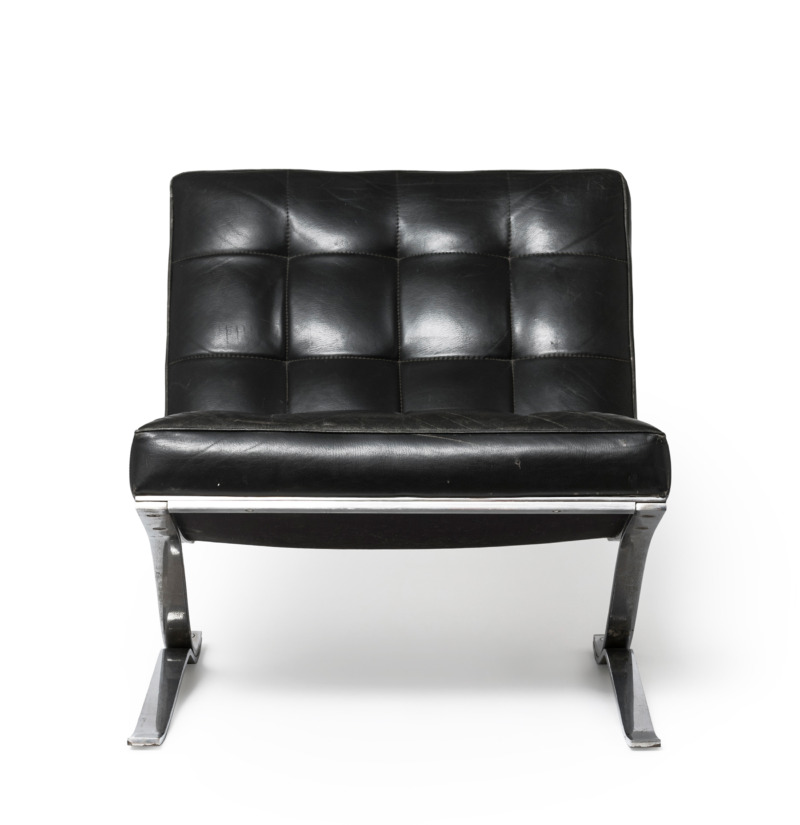After the revolution of 1918/19, the new republic looked for a design of an eagle for a now democratised national coat of arms.
This task was put under the responsibility of the Deutscher Werkbund. Edwin Redslob, a member of the Werkbund and designated Reichskunstwart, took part in the design process. The choice fell on a woodcut design by the artist Karl Schmidt-Rottluff, co-founder of the artist group Die Brücke. This expressionist design was the subject of highly controversial debates due to a widespread scepticism towards modern art. Expressionist and other modern works of art were perceived, especially in conservative-reactionary and antisemitic circles, as a sign of a decline in moral values since the revolution of November 1919.
The design was officially rejected by the government, but was subsequently adopted for various purposes. Among other things, it was also used for the schoolchildren’s edition of the now democratic constitution, which is shown here and has been produced in large numbers. This was given to all school leavers during the Weimar Republic. As with Edwin Redslob’s plans for a “corporate identity” of democracy, the presentation of the constitution served as a means of symbolically consolidating and identifying with the now parliamentary republic.
This and many other designs for a national, democratized corporate identity during the Weimar Republic can be seen until October 20, 2020 in the special exhibition “Democracy and Its Eagles”.

